Mobility Over Armor
Among the armored vehicles operated by Japan’s Ground Self-Defense Force (JGSDF), the Type 73 Armored Personnel Carrier (APC) is one of the oldest equipments still in service.
Despite its limited production numbers—totaling 338 units—this vehicle has been used for half a century and is stationed in Hokkaido and Kyushu.
- General Overview
| Mass | 13.3 tons (standard) |
| Length | 5.8m (19ft) |
| Width | 2.9m (9.5ft) |
| Height | 2.21m (7.25ft) |
| Crew | 4 members + 8 personnel |
| Maximum Speed | 60km/h (37.3mph) |
| Operational Range | 300km/186miles |
| Armament | 12.7mm machine gun 7.62mm machine gun Smoke Dispensers |
| Unit Cost | 1〜2 million USD (at the time) |
The Type 73 APC was designed to serve alongside the Type 74 tank (retired) and can carry up to eight personnel. Contrary to its outdated appearance, the Type APC possesses the ability to cross rivers at a speed of 6km/h or 3.7mph, though feasibility is doubtful since it requires 30 minutes to prepare and has experienced many sinking accidents.
Speaking of practical use, portholes that allow the crew to fire rifles from within the vehicle has also raised questions regarding their usefulness in actual combat. This feature can be seen on the US Army’s M2 Bradley Infantry Fighting Vehicle, but such gun ports only contribute to the vulnerability of the armor.
As a result of prioritizing mobility over any redundant weight, the APC is largely made up of aluminum alloy that can only withstand rifle rounds or less. The idea was to pursue a light, speedy troop carrier even at the expense of defensive armor, which is something not that unusual at the time.
Although the Type 73 APC lacks any air conditioning, it does ensure protection against NBC (Nuclear, Biological, Chemical) threats, satisfying the minimum requirements for modern land warfare.
Better Than Nothing
So, why hasn’t Japan replaced these outdated APCs with more newer models?
This can be attributed to two factors.
First, the Type 73 APC’s successor, the Type 96 Wheeled APC is much more expensive, making it impossible to replace all Type 73 units under the current budget.
Even the 7th Division, the only armored division in the JGSDF that has priority in receiving new equipment, is stuck with the old Type 73 APC.
Secondly, the off-road capability of the Type 73 remains instrumental even to this day. While the Type 96 is superior overall, wheeled vehicles tend to do worse on rough terrain compared to tracked vehicles, making the Type 73 still useful for accompanying tanks in such geography.
Furthermore, the Type 73 APC can be utilized as an off-road command vehicle as an alternative to the wheeled Type 82 Command/Communication Vehicle. In such case, the APC transforms into a mobile command post by adding a simple rooftop.
Another example of an outdated APC still in use is the American-made M113 that was supplied to Ukraine. The aging APCs proved to be quite a valuable armored asset during counteroffensives and demonstrated its effectiveness in modern ground warfare.
Unless extra budget for complete replacement is issued, the Type 73 APC will continue to serve as a “better than nothing” equipment based on the reevaluations in the Russo-Ukrainian War.

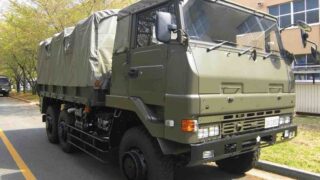
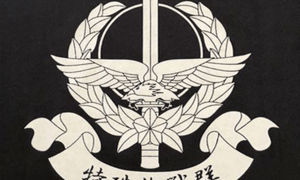

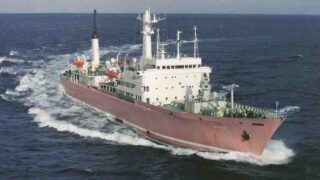
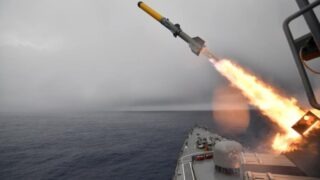
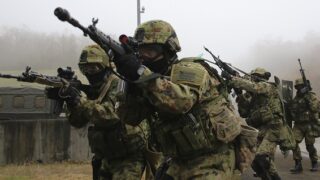
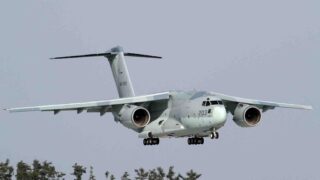


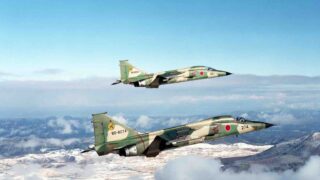
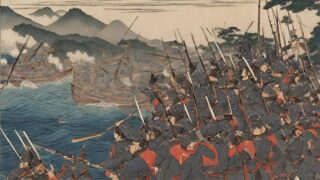
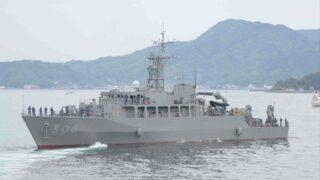
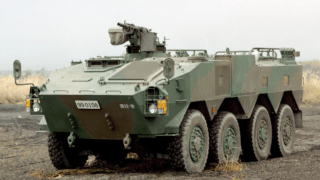
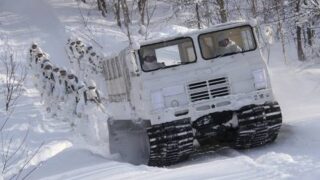



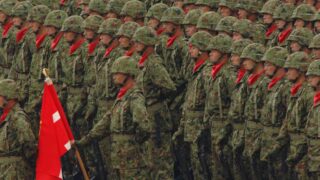
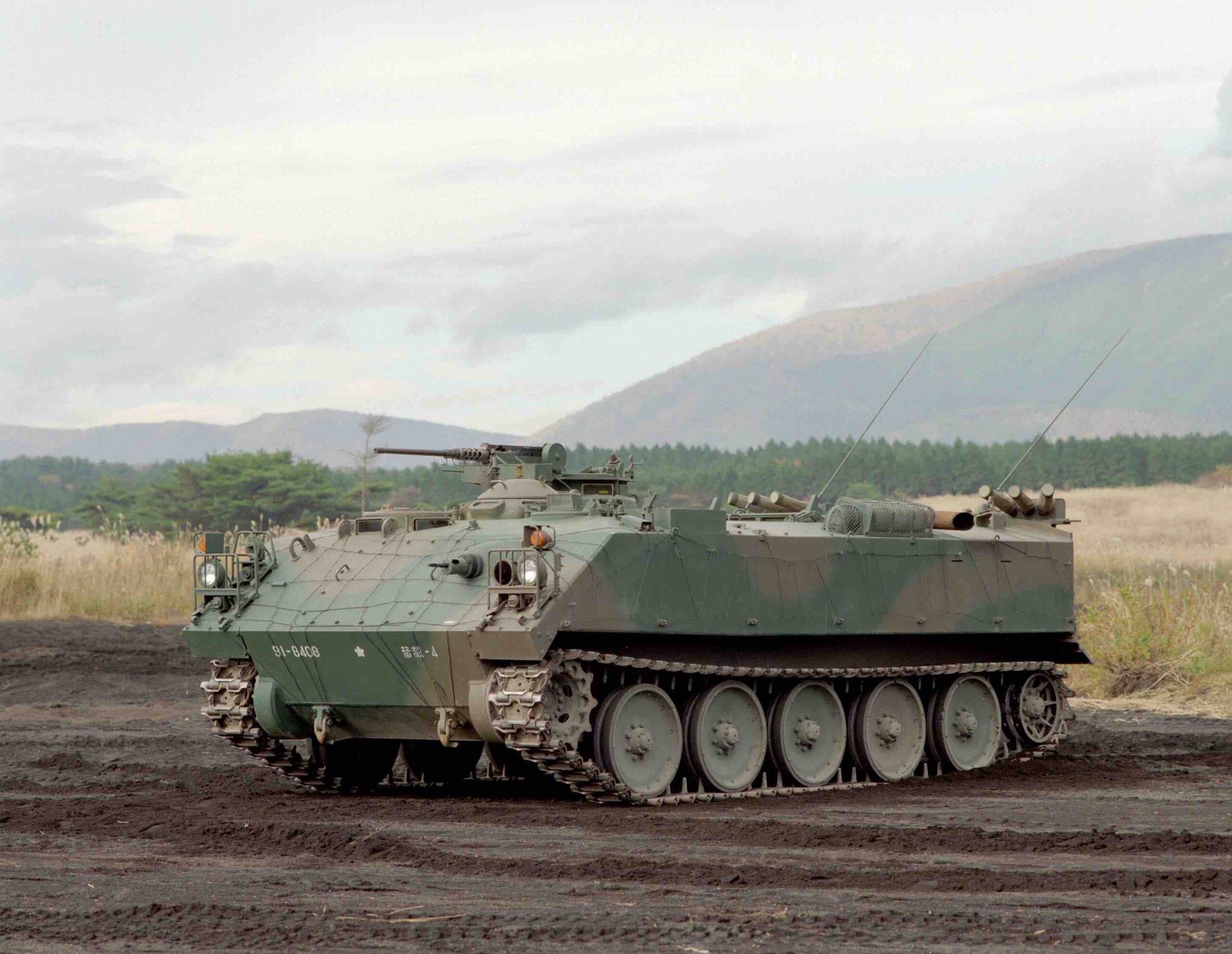
Comments